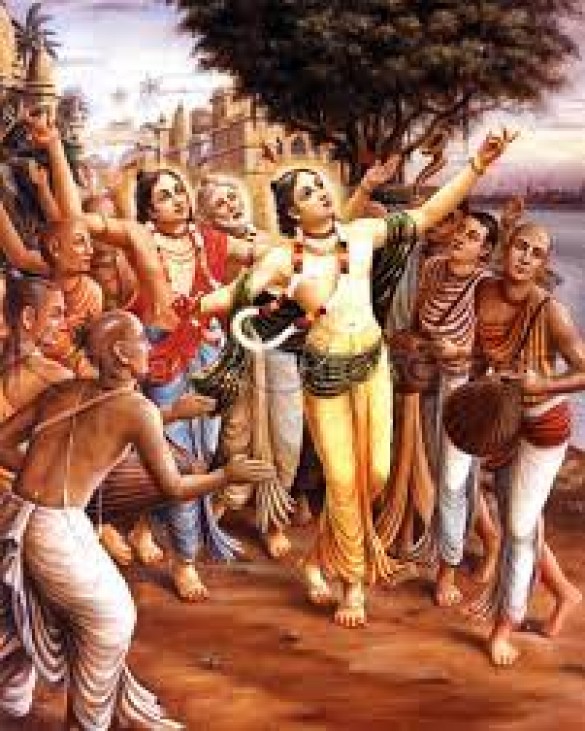
In the rich tapestry of Hindu mythology, Rati shines as a captivating figure, embodying the essence of love, passion, and unwavering devotion. Revered as the consort of Kamadeva, the god of desire and attraction, Rati's story weaves together themes of love's transformative power and the enduring strength of relationships. This article delves into the origins, symbolism, and cultural significance of Rati, shedding light on her role as a symbol of love's profound impact. Rati's origins can be traced back to ancient Hindu texts, including the epics and Puranas. She is depicted as the radiant and graceful goddess of love, possessing the ability to kindle desire and ignite passion within the hearts of mortals and deities alike. Rati's most notable connection is with Kamadeva, the god of desire, making her an integral part of narratives that explore the dynamics of love.
At the heart of Rati's imagery lies the symbolism of love and unwavering devotion. As the consort of Kamadeva, she represents the tender and intimate aspects of romantic relationships. Rati's association with Kamadeva underscores the transformative and potent nature of love, which can inspire change and growth in individuals. One of the most well-known stories involving Rati revolves around Kamadeva's encounter with Lord Shiva. In an attempt to arouse Shiva from deep meditation, Kamadeva aimed his arrow of desire at him, prompting Shiva's third eye to open and reduce Kamadeva to ashes. Rati's anguish and sorrow at losing her beloved Kamadeva highlight the depth of her love and devotion. Rati's story resonates with individuals across cultures, serving as a reminder of love's transformative and sometimes sacrificial nature. Her steadfast devotion to Kamadeva, even in the face of tragedy, reflects the sacrifices that love often entails. Rati's tale inspires contemplation on the profound emotions and experiences that shape human connections. Beyond her portrayal in myths, Rati's symbolism extends to spiritual insights. Love, as embodied by Rati, is seen as a powerful force that can awaken individuals to higher states of consciousness. The journey of love, with its joys and sorrows, mirrors the spiritual journey of seeking deeper understanding and connection.
Rati's depiction continues to hold relevance in modern times. As relationships evolve in a changing world, her story serves as a reminder of the enduring qualities of love and devotion. Rati's portrayal encourages individuals to value the emotional connections that enrich their lives and the sacrifices they might make for those they love. Rati's imagery has inspired artists, writers, and poets for generations. Her depiction often mirrors the beauty and grace of love itself. From intricate sculptures to vivid paintings, Rati's portrayal captures the essence of devotion and emotional resonance.
Rati, the embodiment of love and devotion, stands as a testament to the enduring power of affection and connection. Her presence in Hindu mythology offers insights into the transformative nature of love, the sacrifices it can entail, and the emotional depth it can foster. As devotees and admirers engage with Rati's story, they are invited to reflect on their own relationships, embrace the profound experiences of love, and recognize the beauty in the sacrifices that come with it. Just as Rati's unwavering devotion to Kamadeva resonates across time, her story continues to illuminate the eternal journey of love in all its forms.
Also read - Upulvan: The Enigmatic Demigod of Hinduism